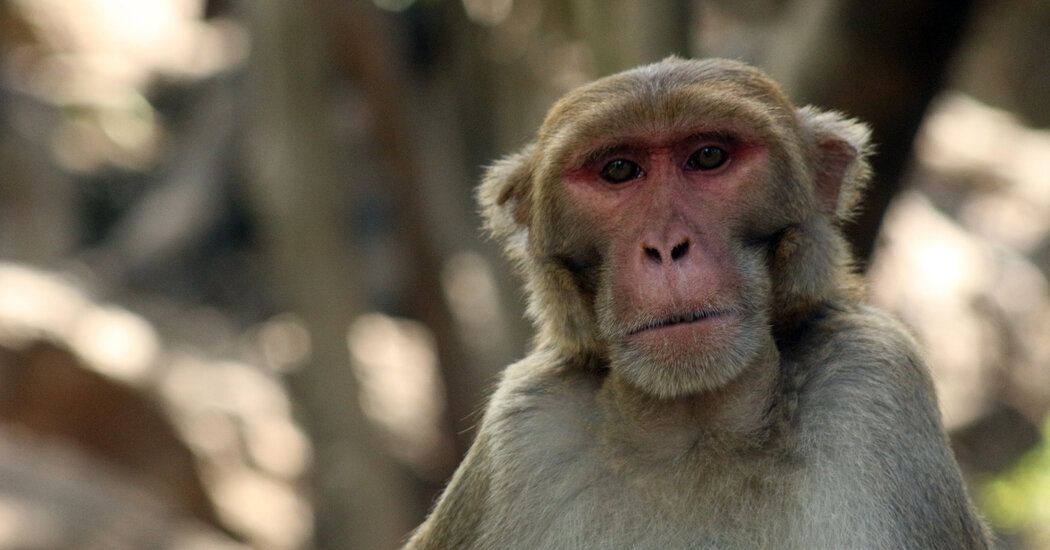How Special Are Humans? The Answer Is in Other Mammals’ Genomes.
In February 1925, in the midst of a diphtheria outbreak, a relay of sled dog teams delivered an emergency supply of antitoxin to Nome, Alaska, which had been isolated by snow. Balto, one of the dogs that ran the final leg of the relay, became famous; when he died some years later, his taxidermied body was put on display at the Cleveland Museum of Natural History.
A team of Zoonomia researchers has now used a small piece of that taxidermied tissue to learn more about the celebrity sled dog and his canine contemporaries. “We saw this as a little challenge,” said Kathleen Morrill, an author of the Balto paper, who performed the research as a graduate student at UMass Chan Medical School and is now a senior scientist at Colossal Biosciences. “Here is this one individual, really famed. We don’t know a lot about his biology. What can we say about his genome?”
Balto, they found, was genetically “healthier” than modern purebred dogs, with more inherited genetic variation and fewer potentially harmful mutations. That finding likely stems from the fact that sled dogs are typically bred for physical performance and may be a mixture of breeds.
Balto also had an assortment of genetic variants that were not present in wolves and were rare or missing in modern purebred dogs, the researchers found. Many variants were in genes involved in tissue development and may have affected a variety of traits important for sled dogs, such as skin thickness and joint formation. Balto had two copies of these variants, one inherited from each parent, which means they were probably at least somewhat common in other Alaskan sled dogs at the time.
Source: The New York Times


